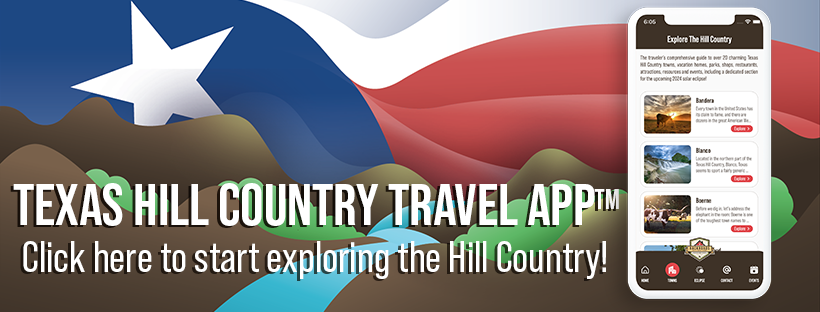In the past two decades or so, the wine industry in the Hill Country has exploded with growth. That’s easy to see, with new wineries opening at a rapid pace...but we, and some of our readers, have questions. How are productive wine regions discovered? Are there official wine producing areas, and if so, how are they designated as such? This article will dig a little deeper into these questions and more.
First, the legalese. Yes, wine growing regions in the US are officially designated, and they’re called American Viticultural Areas, or AVAs. The exact boundaries of an AVA are defined by the Tax and Trade Bureau (TTB), which is a subgroup of the US Department of the Treasury. The TTB was created in 2003, and before that, AVA definition fell under the Bureau of Alcohol, Tobacco, and Firearms (ATF).
But enough of the bureaucratic alphabet soup. What makes an AVA, and why does it matter? Climate, soil conditions, local aquifers, production protocols, and numerous other criteria go into the designation of an official AVA. The natural aspects of these criteria are collectively known as the region’s “terroir,” derived from the French term for soil. Vintages produced in an AVA carry a special degree of prestige, because consumers know the wines are created not only in a specific wine-friendly environment, but also meet stringent quality standards. This system benefits vintners’ reputations and economic bottom lines, and directs consumers to higher-quality products.
Though places like California’s Napa Valley have been famous for wine as far back as the 19th century, official AVAs are a younger concept. The Augusta AVA in southeastern Missouri was the first recognized on June 20, 1980 (the most recent was the Long Valley-Lake County AVA north of San Francisco, established in August 2023). The biggest AVA is the 29,914 square mile Upper Mississippi River Valley AVA, covering parts of Minnesota, Iowa, Wisconsin, and Illinois; the smallest is the Cole Ranch AVA in Mendocino County, California, at one-quarter of a square mile.
Closer to home, the Texas Hill Country AVA was established in 1991, and it’s the third-largest in the entire country (out of 273 total) at 14,062 square miles, or nine million acres. As of July 2024, there are around 90 wineries/vineyards in the AVA, and that number is sure to grow. It’s the southernmost AVA in the US, and its wines are derived from grapes imported from France, Italy, and Spain. This is a little unusual, considering much of the Hill Country was settled by German immigrants; German grapes require cooler climate conditions to prosper. It is one of eight AVAs in Texas.
Roughly circular in shape, the Texas Hill Country AVA has Fredericksburg almost at its exact center; it’s little wonder that US Highway 290 (which runs east-to-west through Fredericksburg) is known as the “Texas Wine Highway.” The AVA can be roughly defined with San Saba at its northern border, Lakehills on the southern edge, Austin to the east, and Rocksprings to the west. It’s also loosely defined by the Edwards Plateau Aquifer.
If this article has you in the mood for a sip of one of Texas’ fine wines, we can help! The Texas Hill Country Travel App has a Winery category in each of the 40+ towns listed, so you can easily discover the offerings no matter where your travels take you.
Do you have a favorite winery (or two) in the Hill Country? Please feel free to share the stories and photos of your wine-related travels here!
Discover the magic of Texas Hill Country with our Facebook Group! Whether you’ve booked a stay with Backroads Reservations, are planning your next getaway, or simply love this scenic region, our community is for you. Connect with fellow fans and celebrate the stunning beauty of the Hill Country!

